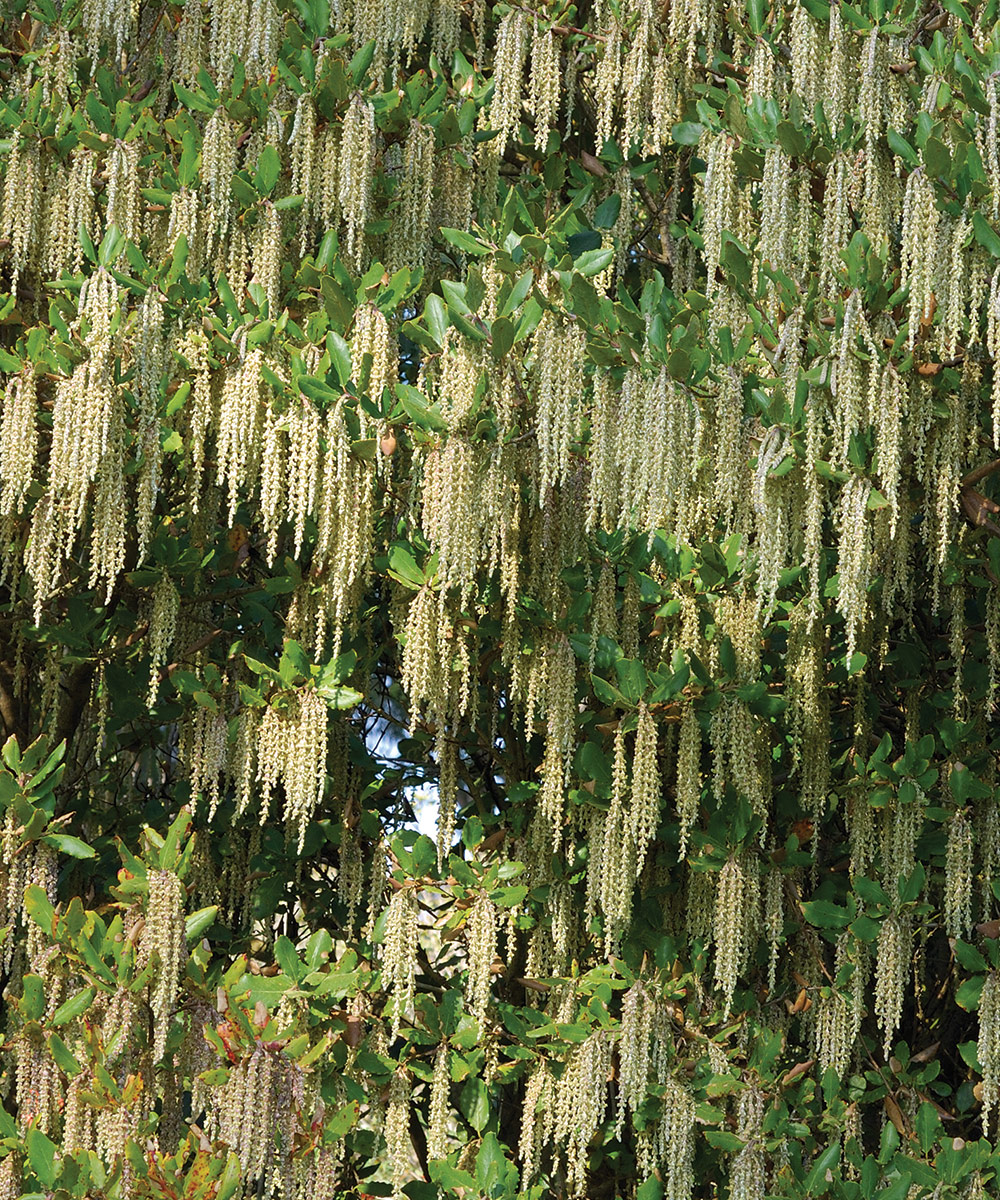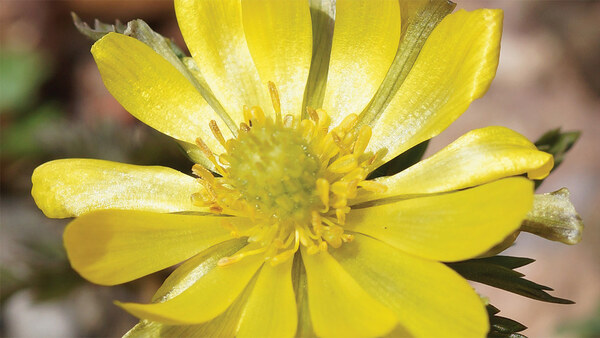
In Jason Reeves’ article Plants That Bloom in Late Winter or Early Spring, he discusses how plants that bloom during the coldest time of the year, often go underappreciated:
“Some of these plants are common but often overlooked at nurseries because they are not in bloom when most people are shopping for plants in late spring or early summer. Others are more obscure and will take some searching to find. But each one of these early bloomers will bring life to garden beds at a time of year when it is most appreciated.”
If you think your late winter and early spring garden can only enjoy the interest of evergreens, colorful twigs, and interesting bark, think again. Find late-winter and early-spring bloomers for the Northwest below. And find even more early risers in Jason’s article.
1. ‘Dawn’ viburnum

Name: Viburnum × bodnantense ‘Dawn’
Zones: 5–7
Size: 8 to 10 feet tall and 7 to 8 feet wide
Conditions: Full sun to partial shade; fertile, well-drained soil
Native range: Garden origin hybrid
This tough and hardy deciduous shrub has great fall color followed by a welcome winter surprise. During the sporadic mild moments of this chilly season, the twiggy bare branches burst into color with clusters of fragrant pink flowers. Only a few clusters open at a time, which can extend the flowering for up to six weeks. This also means that only a few blooms will be damaged if a hard freeze occurs during blossoming. The lost blooms are soon replaced with new ones once the weather warms. Branches can be cut before a freeze to enjoy inside as a choice seasonal bouquet. ‘Dawn’ viburnum only needs occasional watering during prolonged dry weather.
2. Algerian iris

Name: Iris unguicularis
Zones: 7–9
Size: 12 to 18 inches tall and 24 inches wide
Conditions: Full sun to partial shade; well-drained soil
Native range: Tunisia, western Mediterranean region
One of the truly special plants for the maritime Pacific Northwest is Algerian iris. Unlike nearly any other iris, this delightful perennial produces gorgeous fragrant blooms through the winter months. Depending on the cultivar, the flower color can be bright purple, pale lavender, or (rarely) white. Each blossom is short-lived but sparkles like a jewel. Flowers only open during mild breaks in the weather, which extends the bloom time for months. Once established, it only requires occasional watering during prolonged dry periods. Plant it under house eaves or under limbed-up evergreens to protect the flowers from heavy winter rains.
3. Coast silk tassel bush

Name: Garrya elliptica
Zones: 8–10
Size: 6 to 7 feet tall and 7 to 8 feet wide
Conditions: Full sun to partial shade; moist to dry, well-drained soil
Native range: Coastal Oregon and California
A native of the maritime-influenced West Coast, this evergreen shrub is a treasure for the winter garden. Male and female flowers are borne on separate shrubs. In January and February, the male forms take center stage with their spectacular 6- to 8-inch-long chains of pale buff, tasseled flowers that dangle and sway in the breeze. Selected male forms such as ‘James Roof’ or ‘Evie’ can have chainlike flowers that reach over 8 inches in length. Although female plants have shorter flowers, they make up for it in summer by producing fruits that are a subtle but lovely reddish plum color. This shrub prefers good drainage, tolerates very sandy soil, and is drought tolerant, requiring no additional watering once established.
4. Boxleaf azara

Name: Azara microphylla
Zones: 7–9
Size: 15 to 18 feet tall and 6 to 8 feet wide
Conditions: Full sun to partial shade; average to moist, well-drained soil
Native range: Chile, Argentina
This small, upright-growing tree is a must for West Coast gardens. Although its flowers are small and often hidden among its leaves, they emit a powerful fragrance that cannot be missed during late winter. On mild days these tiny yellow tufts release a delicious and alluring fragrance of vanilla and chocolate; the smell wafts through the garden and can be noticed quite some distance from the plant. The small, deep green leaves look like those of boxwood (Buxus spp. and cvs., Zones 4–9) but are bright and shiny on the upper surface. Boxleaf azara is a graceful grower; mature plants develop a layered branch structure with a narrow form. Make sure it gets water in dry weather, and avoid planting it in hot locations.
Contributing editor Richie Steffen is executive director of the Elisabeth C. Miller Botanical Garden in Seattle.


















Comments
Log in or create an account to post a comment.
Sign up Log in